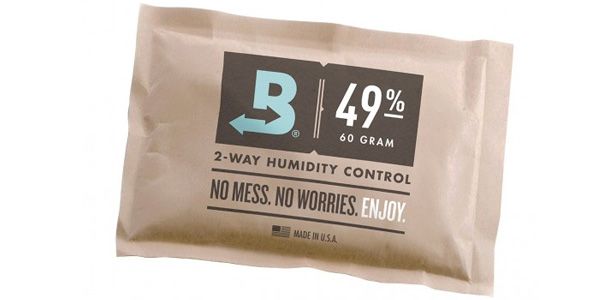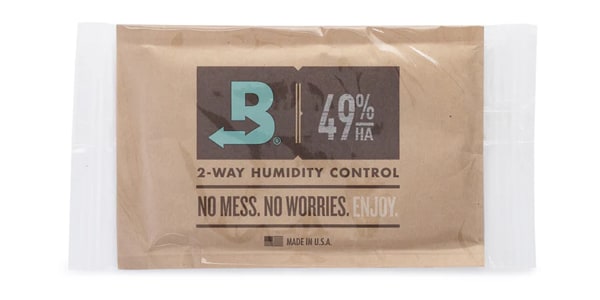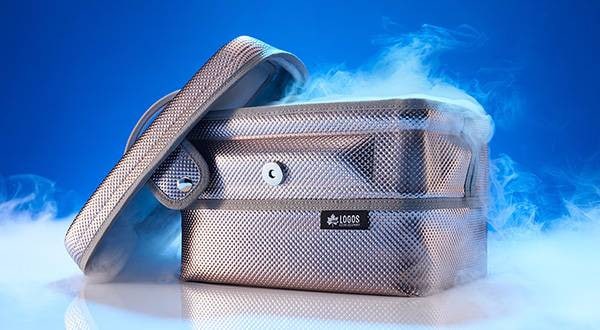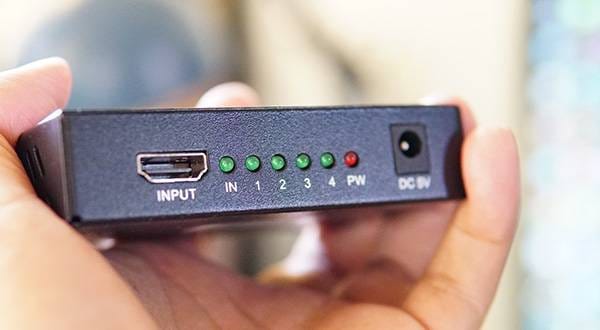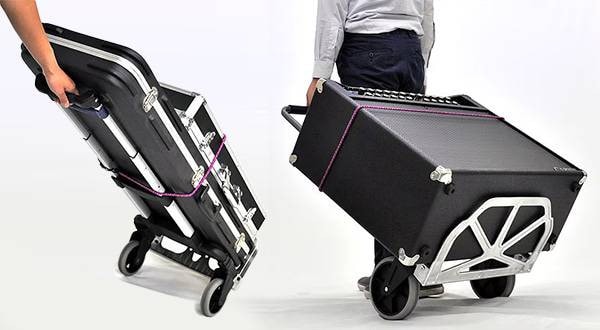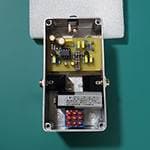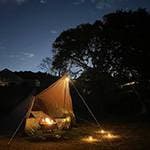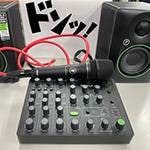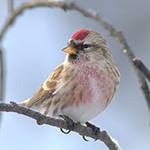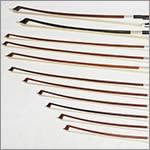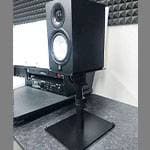Sakana Nakasako is an active composer and player of period instruments.
I visited his production site to ask him to write a review of the Sound House PLAYTECH recorder. I’m going to talk about 3 general topics from our conversation about recorders that you may or may not know.
Nakasako-san owns more than 300 wind, string, and percussion instruments, mainly period instruments.
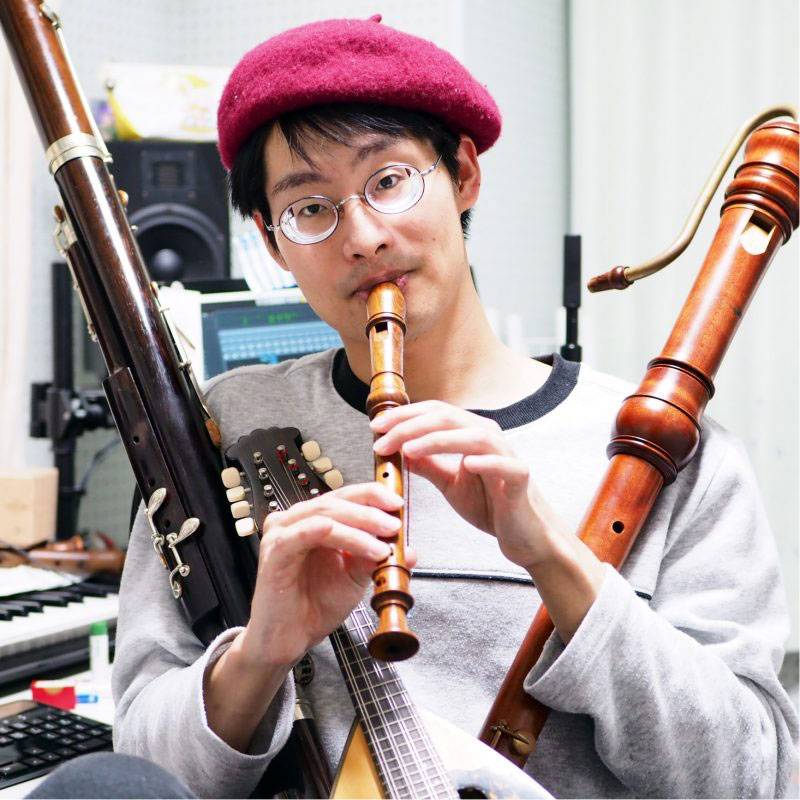
He seemed to be enjoying himself as he explained about recorders, which he often plays for YouTube videos, while actually playing the recorder every once in a while.
■How to choose a recorder
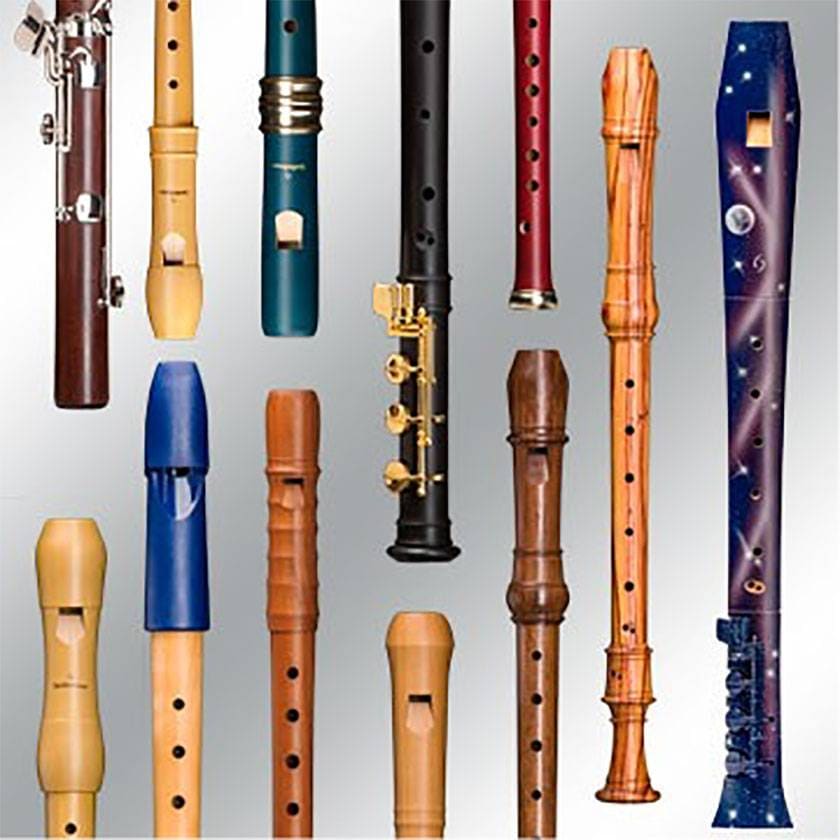
Do you know that there are recorders suitable for a solo performance and others that are suitable for an ensemble?
Apparently it wasn’t until after the Renaissance when the recorder started to be played a lot in ensembles_φ(. .)
The Renaissance recorder ensemble sounds like this.
In the Baroque era, it was more often used as a solo instrument in orchestras.
The sound of instruments geared toward ensembles is tender and blends in well. The recorder for solos is clear.
The pitch, tone, and fingering also differ depending on the types of instruments.
Since most of the instruments have been designed based on the masterpieces from the 17-18th century, such as Bressan and Denner, it’s recommended that when playing in an ensemble, instruments from the same period should be chosen.
Zen-on G-1A, which is based on Bressan recorders

Mollenhauer 5006, which is based on Denner recorders

Of course, some players use recorders from different manufacturers and models to create variation in songs such as emphasizing the treble or bringing out the bass.
■Tips on recording
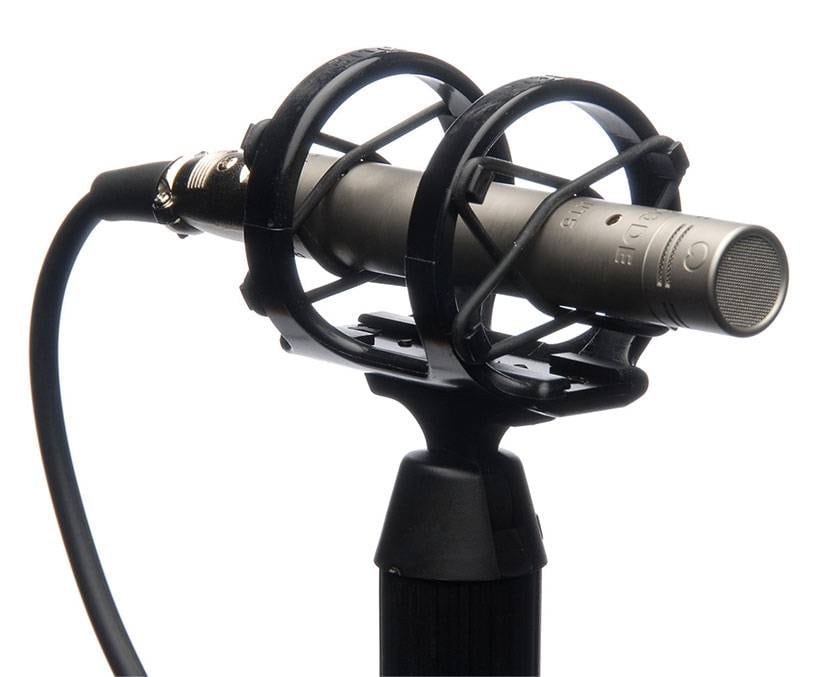
Period instruments, such as recorders, are generally characterized by their low volume and the ease with which a sound can be emitted.
It’s common, when miking woodwind instruments toward the bell (the hole in the end of the instrument body), for the bass to stand out and for the treble to be weak.
This is because the sounds, except the bass, emit from the tone holes.
However, if you try to position a mic to the tone holes, there will be different problems, as the sound from the tone holes on the other side get muffled and the volume is uneven.
For the recorders, aiming around the window of the head joint makes the sound rough, but the balance is good. It’s good to set the mic at a distance to avoid picking up noise.
For recording in churches and studios, mics are set up at a distance. You can refer video posts from overseas performances.
Nakasako-san uses the RODE NT5. The capsule is weak when it comes to humidity, so he said he has to be careful.
■Storage of the instruments
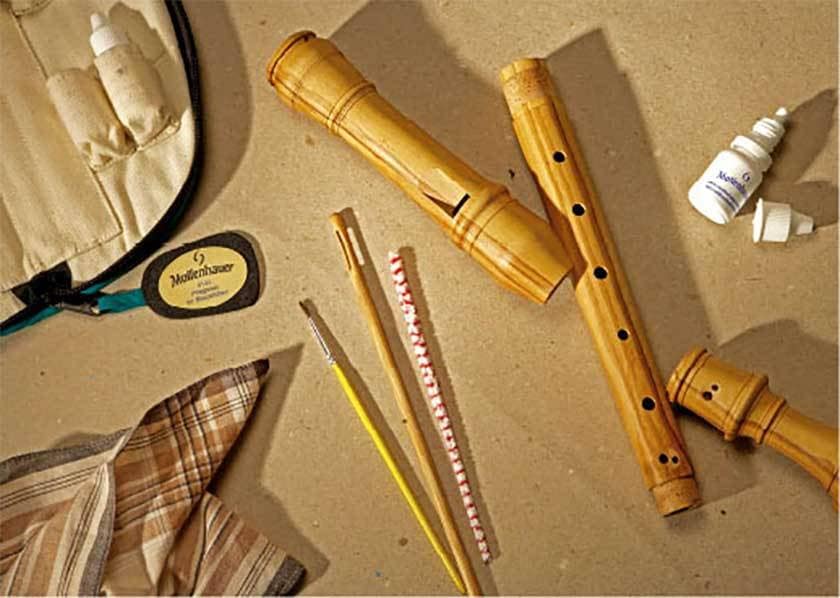
Humidity control is important for wood instruments. He uses humidity control sheets for musical instruments to keep them at 50% humidity, and stores the instruments in wooden cases like trumpet cases.
This is not what Nakasako-san uses, but humidity control sheets are available at Sound House, too.
Boveda / B49
For musical instruments, a product that functions as both dehumidifier and humidifier is the best.
And one more item which surprised me was the electric blanket.

I thought it was there to keep wood instruments from getting cold, but it was actually for resin instruments, which are harder to play without warming them up in winter.
(?_?)WHY?
Breath passes through wind instruments, so the temperature of the instruments gets up to almost skin-temperature.
Wood instruments absorb the water (please be careful as there’s the risk of cracking), but with resin instruments, sound isn’t emitted when moisture accumulates.
It’s a good idea to have ensemble instruments on an electric blanket when you need to switch from one instrument to another.
When you transport instruments in cases, the blanket will keep them safe.
He uses edible olive oil for wood instruments.
Of course, bore oil for musical instruments is ok. But the reason for the olive oil is that a small bottle of bore oil will be empty in a second if you use it for bass instruments.
How was it?
The more you learn, the deeper the world of recorders gets.
We’ve been expanding the lineup of the recorders at Sound House, and I’m sure you’ll be able to find the one you like.





